Vision
The rapid advancement of Internet-of-Things (IoT) sensor platform has been penetrating all corners of our lives, presenting unprecedented levels of demands for power efficiency, computation latency, task complexity, and form factors. The next evolutionary phase of IoT platform will be realized with the following four key features toward further enriching our daily lives: Tiny, Sensory, Intelligent, and Wireless.

My ultimate research goal is to Democratize these features of IoT platform, envisioning a future where everyone can enjoy the benefits. To arrive at this goal, the Integrated Circuit (IC) designers will need to develop highly integrated System-on-Chips (SoCs) that operate efficiently within constrained energy sources and silicon area.
My research focuses on power-efficient analog/mixed-signal ICs for Biomedical and Neuromorphic sensor systems. I am passionate about realizing ultra-low-power, digital-friendly analog circuit architectures suitable for tiny Artificial Intelligence (AI) embedded IoT platforms.
Biomedical Sensor IC
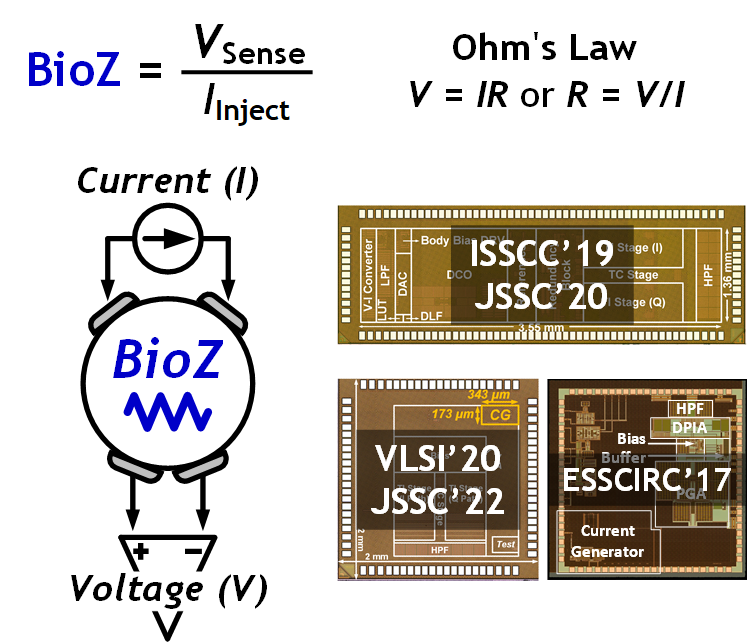
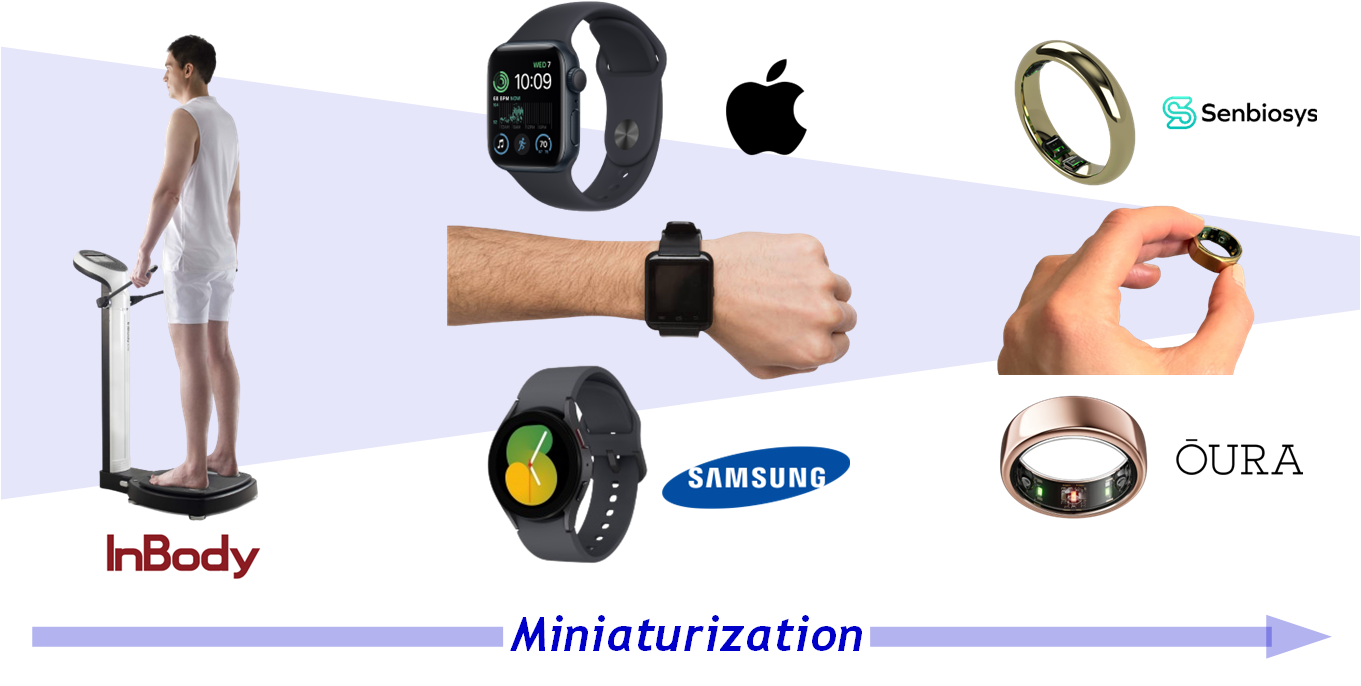
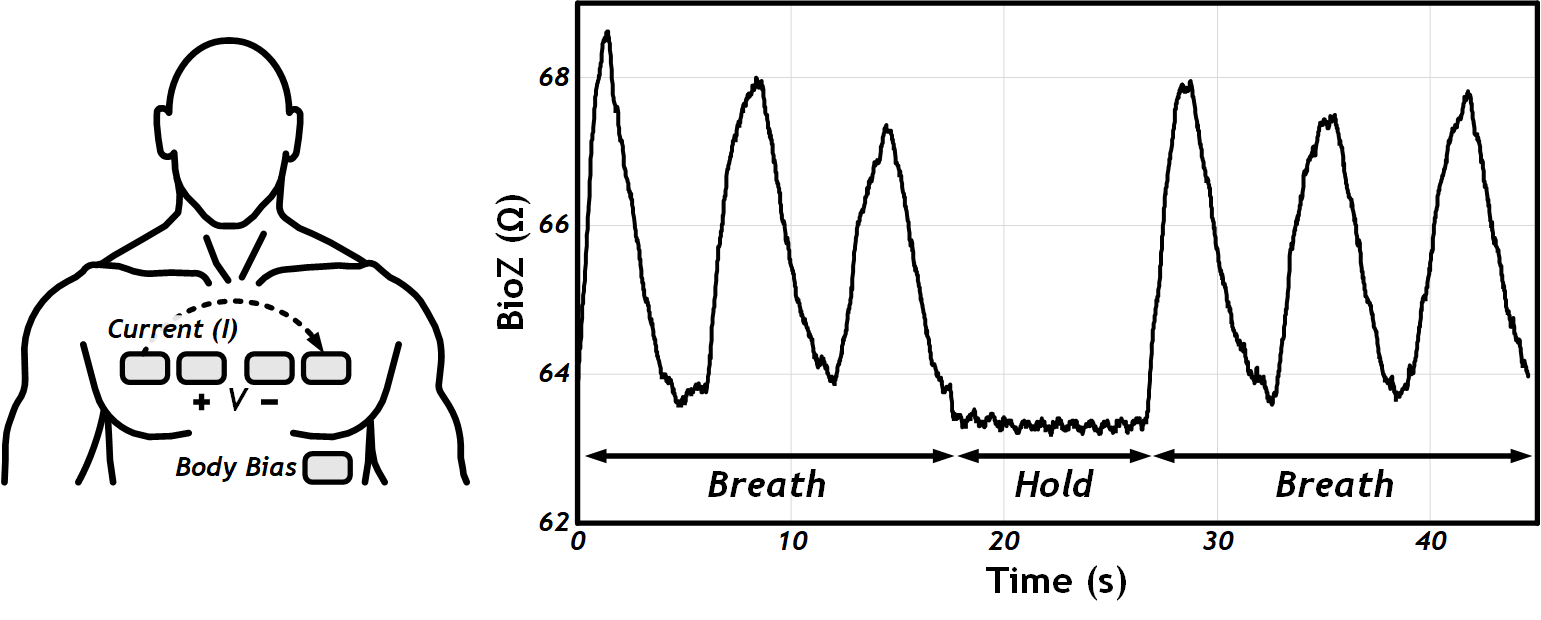
GLY
ISSCC 2019 JSSC 2020 ISCAS 2023
- Lead-Compensated flipped voltage follower (FVF)
- 11.65x higher bandwidth, 3.19x less power, without noise increase
- Widely adopted by multiple research groups
- ISSCC 2021 (A*STAR, Singapore 🇸🇬)
- ISSCC 2022 (Fudan University, China 🇨🇳)
- ISSCC 2024 (KAIST, South Korea 🇰🇷)
- Silver Award in 2019 Samsung HumanTech paper competition
- 📚 Open-Sourced schematic parameters in ISCAS 2023
- You are more than welcomed to copy&paste this biomedical amplifier design 😀
BioZ2
VLSI 2020 JSSC 2022 Open Source Code
- All-Digital ΔΣ modulated sinewave generator
- A sinusoidal current generator with performance improvements in:
- 1.9~7.5x more linear, 8.9x less power, 33x less area
- 📚 Open-Sourced MATLAB/Verilog Code in PhD dissertation
- TCAS-II 2023 (Oregon State University, USA 🇺🇸)
→ An improved design based on the open-source code
- TCAS-II 2023 (Oregon State University, USA 🇺🇸)
Neuromorphic Sensor IC

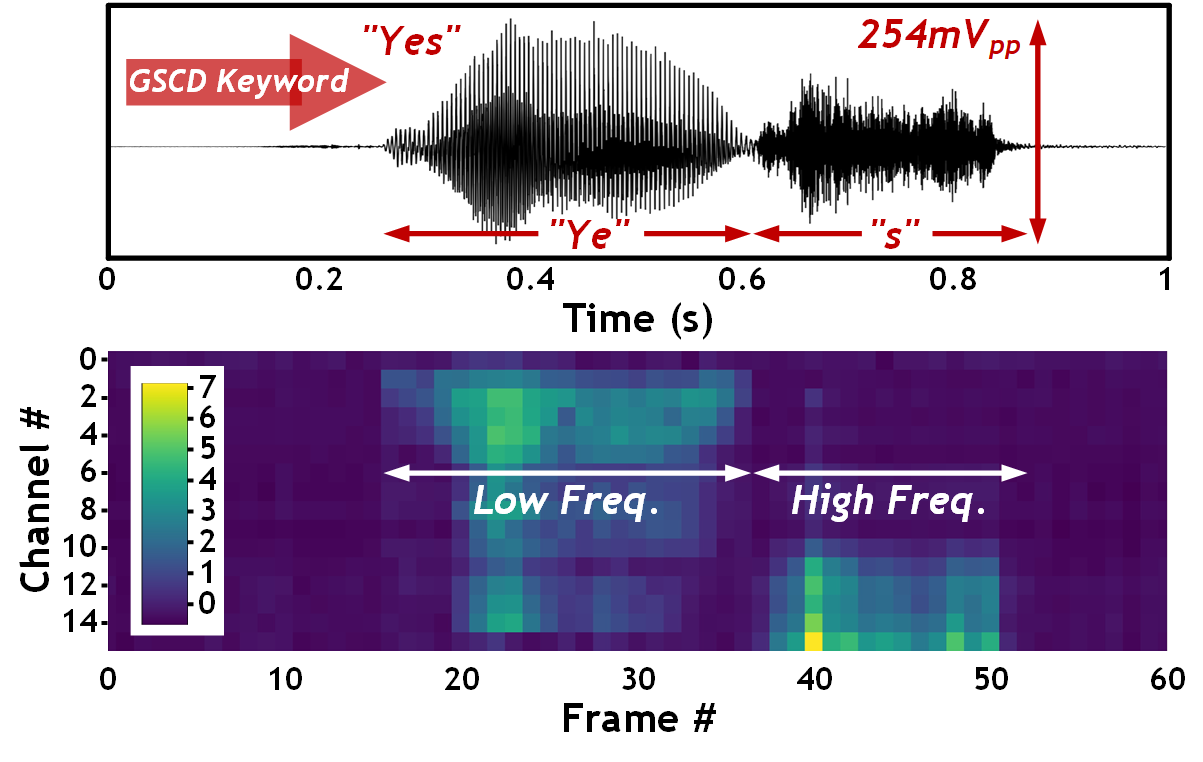
CochClass
ISSCC 2022 JSSC 2022 CAS Magazine 2023
- The first Fully-Integrated keyword spotting chip that includes:
- Time Domain analog feature extractor
- Digital neural network classifier
- Spike-friendly Neuromorphic signal processing inspired by biological cochlea
- Technology-Scalable time domain circuits in advanced CMOS process nodes
- IEEE Highlights (Sep. ~ Oct. 2023)
- 🎉 Highlighted in the IEEExplore Main Page
- 🎉 Top-2 in the Most Popular Articles in JSSC
- 🎉 Top-1 in the Most Popular Articles in CAS Magazine
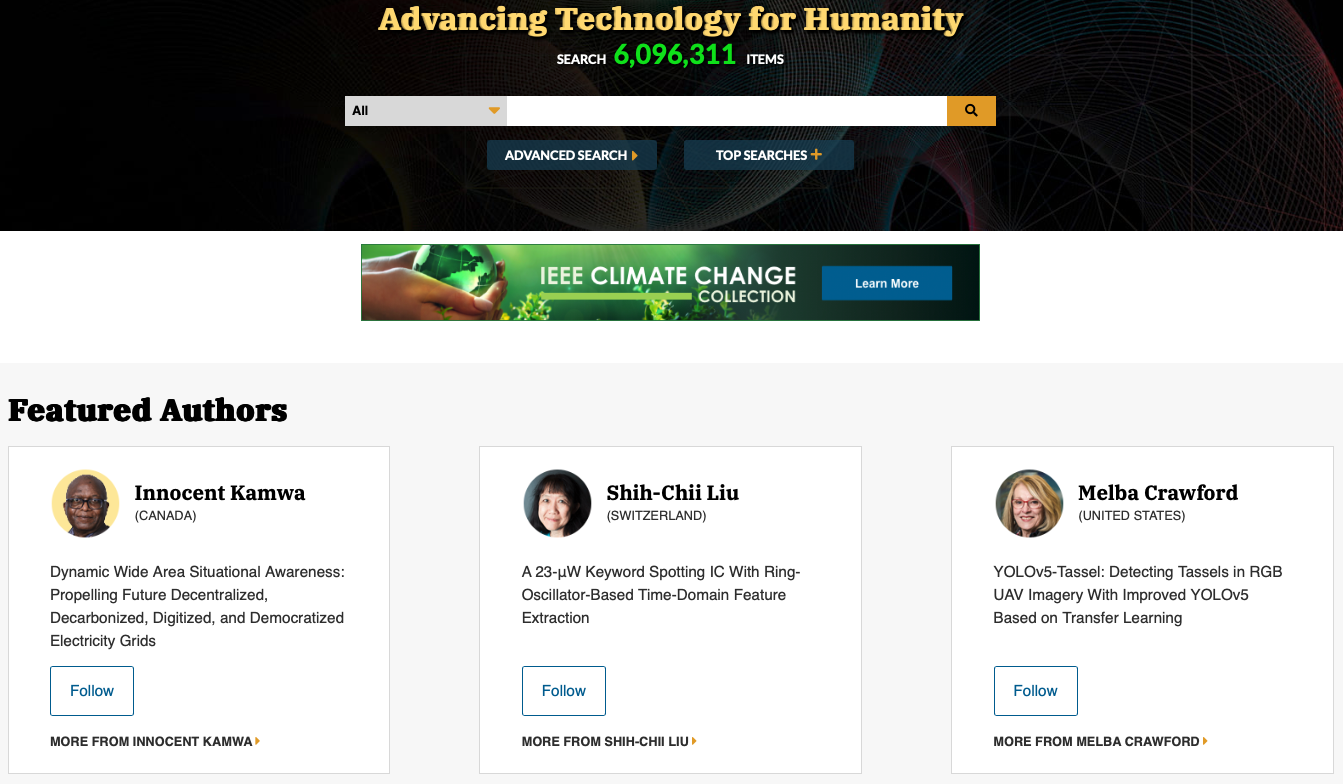
C2-FWR
- Low power analog signal processing circuits for intelligent audio sensors
- Python-modeled full-wave rectifier (FWR) and Hardware-Aware Training in RNN classifier
- Dynamic comparator and chopper
- 31.2x less power but negligible classification accuracy drop
- Without increase of network size
- Best Poster Award in AICAS 2023